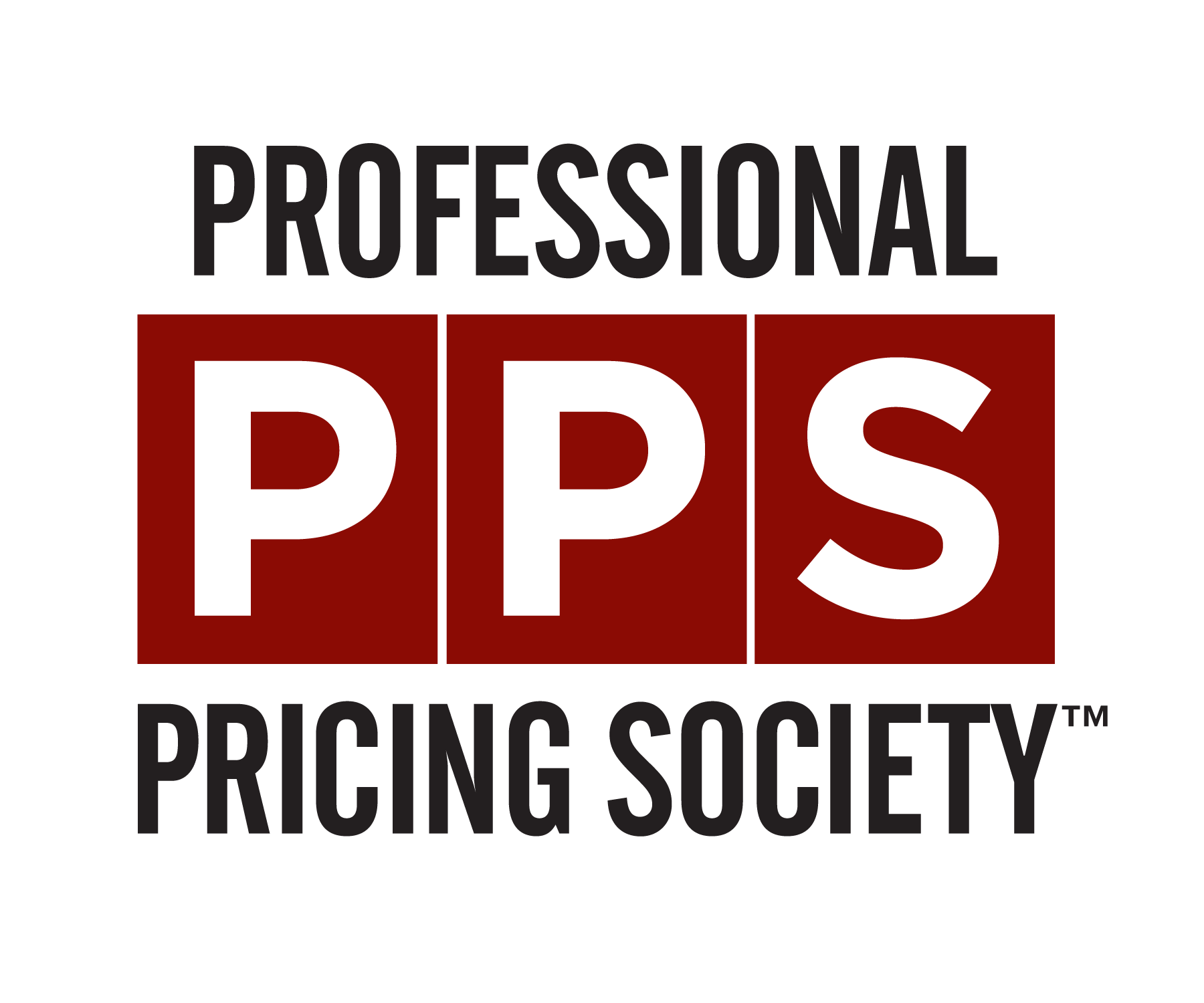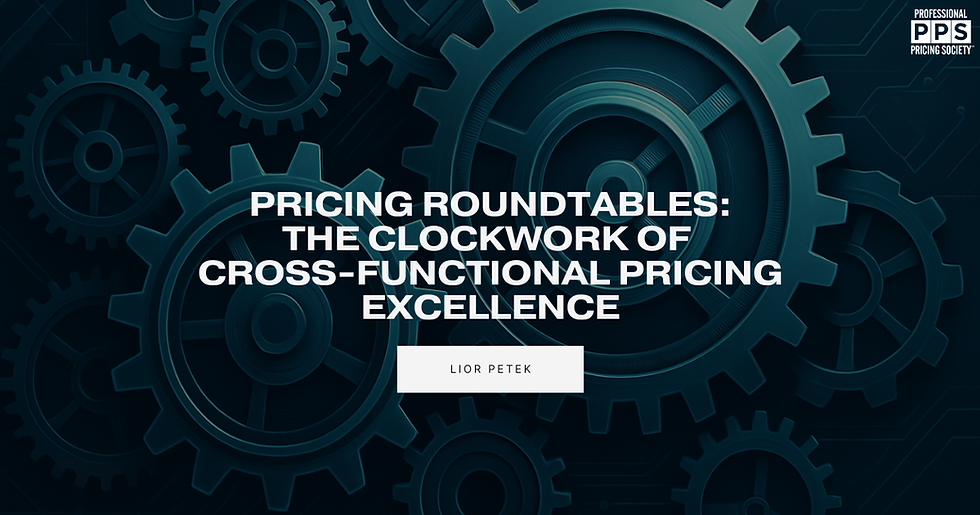Raise The Bar
- terrence603
- Jun 1, 2023
- 3 min read

Author: Frederico Zornig, CEO – Quantiz Pricing Solutions
Until three years ago, prices were predictable, reasonably stable, or less volatile, supply chains were relatively balanced and the buying behavior of customers and consumers, although constantly evolving, followed an expected trajectory.
However, as soon as the world was affected by Covid-19, what we knew until then about how to manage prices fell apart. We were forced to change prices at an unusual frequency, working with wildly fluctuating raw material costs, a challenging macroeconomic environment and consumers and clients rapidly migrating to online shopping channels.
In a new unstable scenario, like what seems to be the new reality, companies will depend even more on more assertive and dynamic price management. Some fundamental pillars for capturing market value remain, for example, a clear and well-defined pricing strategy and respective positioning in the market is the starting point.
Defining the best method to form your selling price also requires a correct self-analysis, as not every product or service has differentials from the customer's point of view to allow the use of Value Based Pricing. Often, allowing us to work with prices in relation to the main competitor (when we have reliable information) ends up being a more profitable way of pricing. Using analytical models, based on cross-elasticity, that define our main competitors and how vulnerable we are to their price changes, in addition to break-even studies, allows us to make accurate decisions about our own price movements.
The basis for any price management process is associated with a reliable, up-to-date, easily accessible database with relevant information for pricing issues, encompassing marketing, sales, finance and even supply chain data. Nowadays data lakes are available in most companies, but there are still few that can transform the amount of data they have into information and knowledge for decision making.
Going further, sophisticating the ways in which we do business, or negotiate prices, with our customers, can be a lever to change the rules of the game and strengthen relationships. It is common in the market to see companies delegating this definition of discounts and incentives to the commercial area, failing to seek a more strategic role in negotiations, when we offer incentives connected to the purchasing behavior we want to encourage from our customers.
We can also work with price optimization, in the appropriate dynamism (hourly, daily, weekly) for each business, using Price Response Curves in B2C, when prices are published and visible, or Bid Response Curves in B2B, when we do not have much visibility of market prices. In both, we were able to establish what we call the Optimal Price Ranges by SKU, with lower limits, maximizing sales volume (revenue) and upper limits, maximizing margins (profit).
All this can currently be supported by pricing algorithms running in real time on artificial intelligence platforms such as Amazon (AWS) or Microsoft (Azure). In other words, the time when companies needed to invest millions of dollars to implement pricing software or even be hostage to some SAAS solution to manage and optimize prices is gone.
With the democratization of the technology currently offered, it is enough to want to develop a customized internal solution and you will get excellent results for a fraction of the cost necessary for this. Not to mention the advantage of building and mastering all the knowledge of what is being processed with your data and information.
The governance of all the activities listed in this brief article must be the responsibility of a Pricing and Revenue Management area, duly structured and with clear and well-defined roles within each organization. Some with the area more centralized and with greater decision-making power, while others may be more decentralized and act more as support to other areas, each case is different, and the company's level of maturity allows us to find the best format.
Finally, I believe that everyone who has come this far understands the importance and potential that Pricing and Revenue Management can bring to your company's results. The theme gained relevance in this troubled moment we are living and due to the greater competitiveness of the market, I understand that it will be even more valued by companies that really want to come out victorious.




